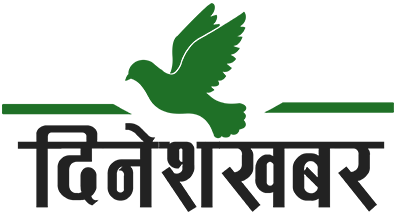The UNDP, Nepal organises a Shock Table Inauguration and Retrofitting testing event ,
The United Nations Development Program Nepal has organized a Shock Table Inauguration and Retrofitting testing event at the Institute of Engineering, Pulchowk. The event was inaugurated by Minister of Urban Development (MOUD), Ram Kumari Jhakri on 29th of November 2021. With the funding support from Government of India under Nepal Housing Reconstruction project, UNDP supported in the establishment of Shock Table Testing Facility in the premises of Institute of Engineering (IOE), Pulchowk Campus in collaboration with the Department of Urban Development and Building Construction (DUDBC) of the Ministry of Urban Development (MoUD). The purpose of establishing the facility is to strengthen the capacity of IOE for continued research and academic work on safer construction and retrofitting techniques. Most of the traditional houses in Nepal are made of stone mud mortar which are highly susceptible to earthquake shaking. Although, the traditional houses are sustainable from the socio-cultural and economic point of view and emit minimal carbon footprint, it is very essential for Nepal to incorporate earthquake resistant elements while constructing a house in the traditional manner. If the house is old and vulnerable all it requires is retrofitting. The project was started after the 2015 earthquake, most of the people in Gorkha wanted to reconstruct or maintain their ancestral house. But a large group of people had lost confidence in the vernacular buildings and were adopting modern methods of construction. The Nepal Housing Reconstruction Project has retrofitted approximately 40 houses in the Gorkha District. According to UNDP, 'Maximum damage has been observed in stone and brick masonry walls in mud mortar in the vernacular buildings. This happened not because of the materials used but because the basic rules of masonry construction were violated, the quality of construction was poor, and most houses lacked earthquake resistant features.' The shock table had two houses for testing, both of them were made in the traditional manner using slate tiles and stones from Gorkha, one house had incorporated retrofitting while the other one was without the retrofitting. 'The Shock Table is a simple tool for testing behavior of building when subjected to earthquake like forces. It consists of a large table that can move when hit by a moving object. The buildings are made on it to compare their performance. Engineers conduct shock table tests to examine if a building could survive a violent earthquake and how it could be made earthquake resistant. So, one does not have to wait for a real one.' "This shock table is one of its kind in Nepal, we were mostly taught theory and barely learnt any practical implementations. However, the shock table will enable us to carry out experiments to further our knowledge. Building a new house is expensive and time consuming but retrofitting can save a lot of cost and ensure safety, hence it's important for aspiring engineers like us to delve deeper into the learning of retrofitting, said a student Swastika Paudel."






